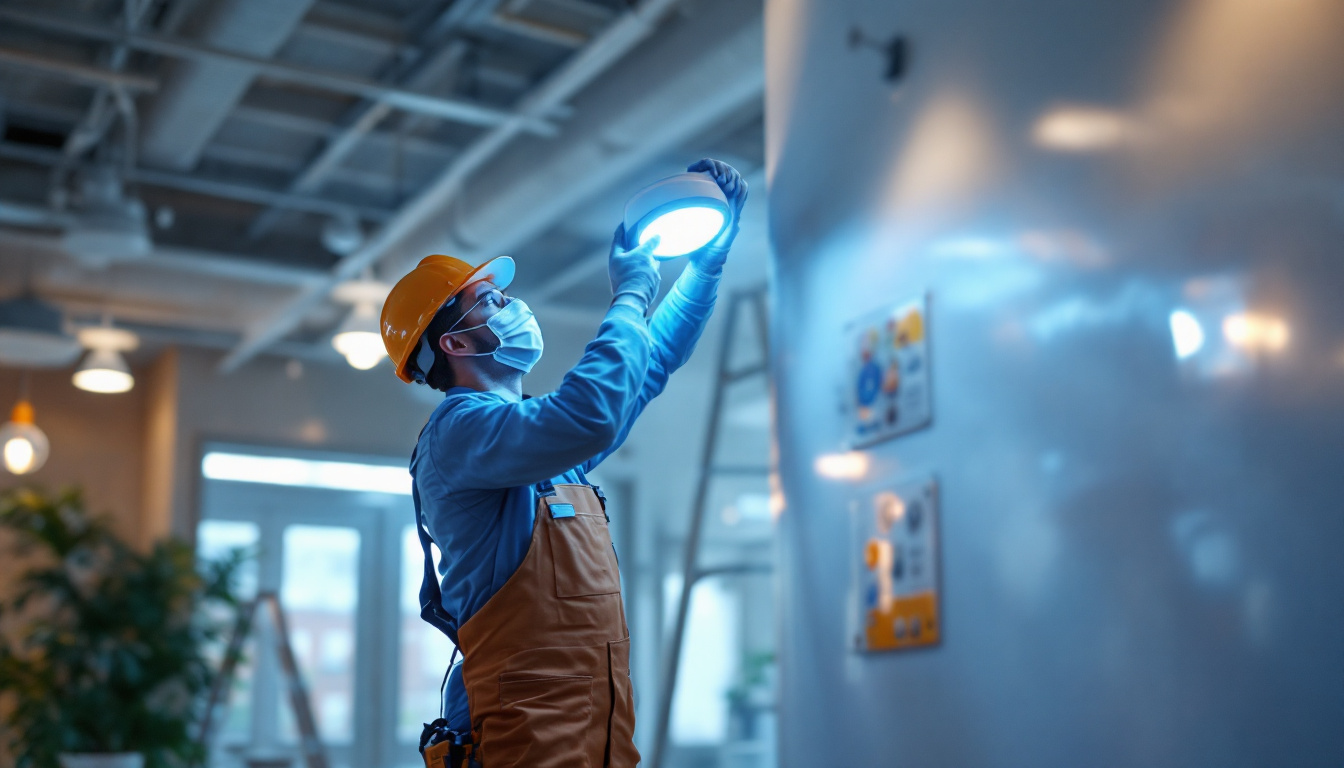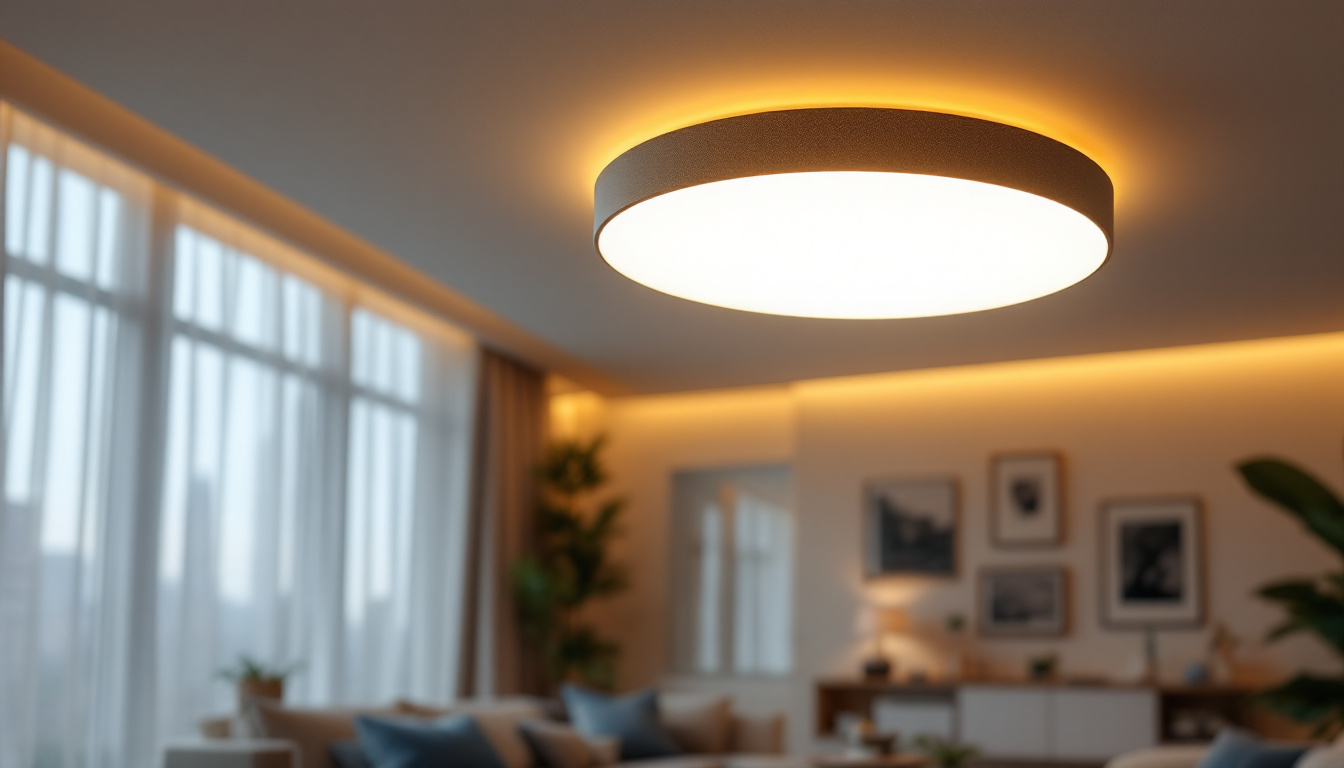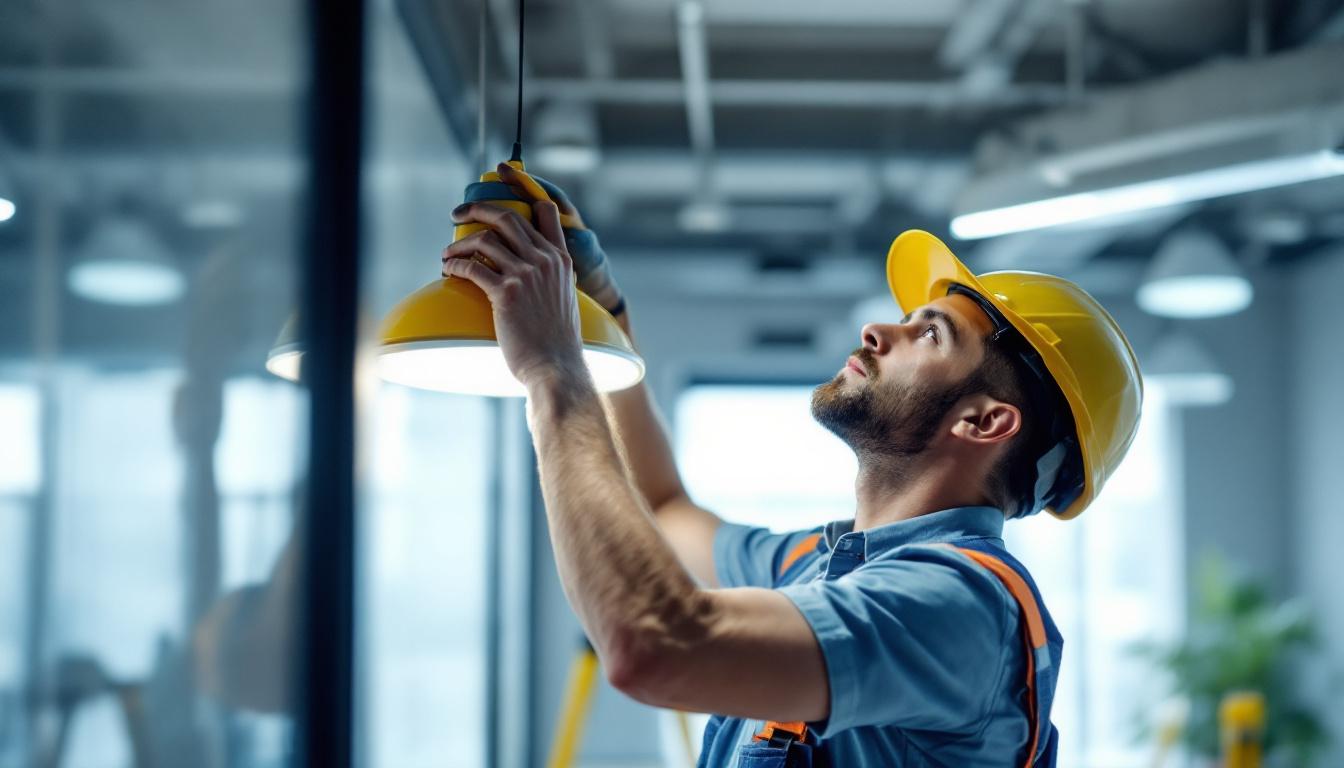
In recent years, the demand for effective sanitation solutions has surged, particularly in the wake of global health crises. Among these solutions, UVC sanitizer lights have emerged as a powerful tool in the fight against pathogens. For lighting contractors, understanding the science behind UVC technology is essential not only for effective implementation but also for educating clients on its benefits and limitations. This article delves into the principles of UVC light, its applications, and considerations for lighting professionals.
UVC light, or ultraviolet C light, is part of the ultraviolet spectrum, which is invisible to the human eye. It falls within the wavelength range of 100 to 280 nanometers. Unlike UVA and UVB rays, which are primarily associated with skin damage and sunburn, UVC light possesses germicidal properties that make it particularly effective at inactivating viruses, bacteria, and other pathogens.
The effectiveness of UVC light in sanitization lies in its ability to damage the DNA or RNA of microorganisms. When exposed to UVC radiation, the genetic material of these pathogens absorbs the light energy, leading to the formation of dimers—essentially, molecular bonds that disrupt their replication processes. As a result, the microorganisms become inactive and unable to reproduce, effectively neutralizing potential threats.
This mechanism of action is not only effective against bacteria and viruses but also against molds and spores, making UVC light a versatile solution for various sanitation needs. However, the efficacy of UVC light depends on several factors, including exposure time, intensity, and distance from the target surface.
There are several types of UVC lights available on the market, each designed for specific applications. The most common types include mercury vapor lamps, low-pressure mercury lamps, and UVC LEDs. Each type has its unique characteristics and benefits.
Mercury vapor lamps are known for their high intensity and effectiveness over larger areas, making them suitable for industrial applications. Low-pressure mercury lamps, on the other hand, are more energy-efficient and are often used in smaller settings, such as hospitals and laboratories. UVC LEDs are a newer technology that offers flexibility and compact designs, making them ideal for portable sanitizing devices.
The versatility of UVC sanitizer lights allows them to be utilized in various settings. From healthcare facilities to commercial spaces, the applications are vast and growing. Understanding these applications can help lighting contractors identify opportunities for implementation.
One of the most prominent applications of UVC lights is in healthcare settings. Hospitals and clinics often face the challenge of controlling infections, and UVC technology provides a powerful solution. UVC lights can be used to disinfect operating rooms, patient rooms, and common areas, significantly reducing the risk of healthcare-associated infections (HAIs).
Moreover, UVC lights can be integrated into existing HVAC systems to continuously sanitize the air, providing an additional layer of protection for patients and staff. This proactive approach to sanitation is becoming increasingly essential in maintaining a safe healthcare environment.
In commercial and public spaces, UVC sanitizer lights are gaining traction as businesses seek to reassure customers about their safety. Retail stores, restaurants, and offices can benefit from UVC lighting solutions to sanitize surfaces and air in high-traffic areas.
For instance, UVC lights can be installed in ceiling fixtures or as part of portable sanitizing units. These installations not only enhance the cleanliness of the environment but also serve as a marketing tool, demonstrating a commitment to health and safety. Lighting contractors can play a crucial role in designing and implementing these systems to meet the specific needs of their clients.
While commercial applications are more prevalent, residential use of UVC sanitizer lights is also on the rise. Homeowners are increasingly aware of the importance of maintaining a clean environment, especially in light of recent health concerns. UVC lights can be used in various ways within the home, from sanitizing air in HVAC systems to disinfecting surfaces in kitchens and bathrooms.
Contractors can offer UVC solutions as part of their residential lighting installations, providing homeowners with an added value proposition. This not only enhances the functionality of the lighting system but also addresses health and safety concerns that many homeowners prioritize.
While the benefits of UVC sanitizer lights are clear, there are several considerations that lighting contractors must keep in mind when working with this technology. Understanding these factors is essential for ensuring safe and effective implementation.
One of the primary concerns with UVC light is its potential harm to human skin and eyes. UVC radiation can cause burns and eye injuries, which necessitates strict safety protocols during installation and operation. Contractors must ensure that UVC lights are installed in a manner that minimizes exposure to individuals.
Additionally, appropriate signage should be displayed in areas where UVC lights are in use, warning individuals of potential hazards. Training staff on the safe operation of UVC systems is also crucial to prevent accidental exposure.
As UVC technology continues to evolve, so do the regulations surrounding its use. Lighting contractors must stay informed about local, state, and federal guidelines regarding UVC systems. Compliance with these regulations not only ensures safety but also protects contractors from potential liabilities.
Working with reputable manufacturers who provide clear documentation and guidelines can help contractors navigate the regulatory landscape. This diligence will also enhance the credibility of the contractor in the eyes of clients.
While UVC lights are effective at inactivating a wide range of pathogens, it is essential to understand their limitations. UVC light is most effective when it can directly reach the target surface; shadows and obstructions can significantly reduce its effectiveness. Therefore, contractors must design systems that ensure optimal exposure to UVC light.
Moreover, the effectiveness of UVC light can vary depending on the type of microorganism. Some pathogens may require longer exposure times or higher intensities to achieve effective disinfection. Educating clients about these limitations is vital for managing expectations and ensuring satisfaction with UVC solutions.
For lighting contractors, integrating UVC technology into existing lighting solutions presents an opportunity for innovation. By combining traditional lighting with UVC capabilities, contractors can offer comprehensive solutions that address both illumination and sanitation needs.
When integrating UVC technology into lighting designs, several factors must be considered. The placement of UVC lights is critical to ensure effective sanitation without compromising the quality of illumination. Contractors should assess the layout of the space, identifying high-touch areas that would benefit from UVC exposure.
Additionally, the aesthetic aspect of the lighting design should not be overlooked. UVC lights can be incorporated into stylish fixtures that blend seamlessly with the overall design of the space. This approach not only enhances functionality but also maintains the visual appeal of the environment.
Working closely with manufacturers of UVC technology can provide contractors with valuable insights and resources. Manufacturers can offer guidance on product selection, installation techniques, and best practices for maximizing effectiveness.
Furthermore, collaboration can lead to the development of customized solutions tailored to the specific needs of clients. By leveraging the expertise of manufacturers, contractors can enhance their service offerings and establish themselves as leaders in the UVC lighting market.
The field of UVC technology is rapidly evolving, with ongoing research and development paving the way for new applications and innovations. Lighting contractors should stay informed about these trends to remain competitive and provide cutting-edge solutions to their clients.
UVC LEDs are at the forefront of innovation in sanitization technology. As this technology continues to mature, advancements are expected to lead to more efficient and cost-effective solutions. UVC LEDs offer several advantages, including lower energy consumption, longer lifespans, and the ability to be incorporated into a wider range of products.
Contractors should keep an eye on emerging UVC LED products and consider how they can be integrated into their offerings. As the technology becomes more accessible, it may open up new markets and opportunities for contractors.
As the world becomes more interconnected, the demand for smart lighting solutions is on the rise. Integrating UVC technology with smart systems can provide enhanced control and monitoring capabilities. For instance, contractors can offer clients the ability to schedule UVC sanitization cycles or monitor the effectiveness of the system through connected devices.
This trend towards smart solutions aligns with the growing emphasis on health and safety, making it an attractive proposition for clients. Contractors who embrace this trend can differentiate themselves in a competitive market.
UVC sanitizer lights represent a significant advancement in the field of sanitation, offering effective solutions for a variety of settings. For lighting contractors, understanding the science behind UVC technology is essential for successful implementation and client education. By staying informed about applications, safety considerations, and emerging trends, contractors can position themselves as knowledgeable professionals in this evolving market.
As demand for UVC solutions continues to grow, contractors have the opportunity to enhance their service offerings and contribute to a safer environment for their clients. By integrating UVC technology into their lighting solutions, lighting contractors can not only meet the needs of today’s market but also pave the way for a healthier future.
Ready to elevate your lighting solutions with the power of UVC technology? At LumenWholesale, we provide lighting contractors like you with the highest quality, spec-grade UVC sanitizer lights and more, all at unbeatable wholesale prices. Say goodbye to local distributor markups and hello to a vast selection of reliable, high-performance lighting that meets the strictest industry standards. With the added convenience of free shipping on bulk orders, LumenWholesale is your go-to source for premium lighting at the best value. Don’t compromise on quality or cost—explore our collection today and bring the most innovative lighting solutions to your clients.

Discover innovative solutions for lighting contractors to implement turtle-friendly lighting.

Discover how flushmount ceiling lights can transform your lighting projects by enhancing efficiency and aesthetics.

Discover how surface mount fixtures can revolutionize your lighting projects.

Explore the impact of modern hanging light fixtures on the profitability of lighting contractors.